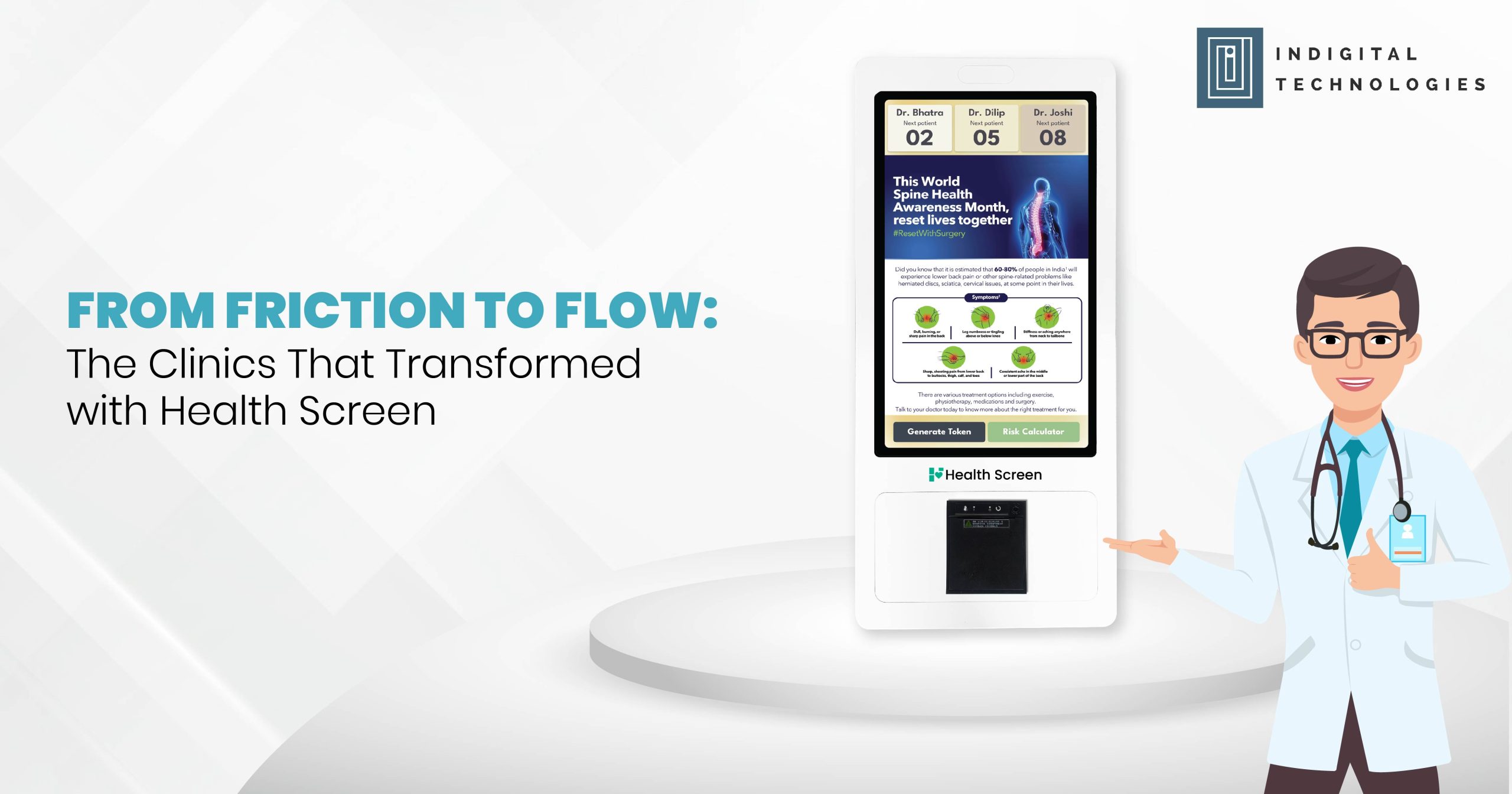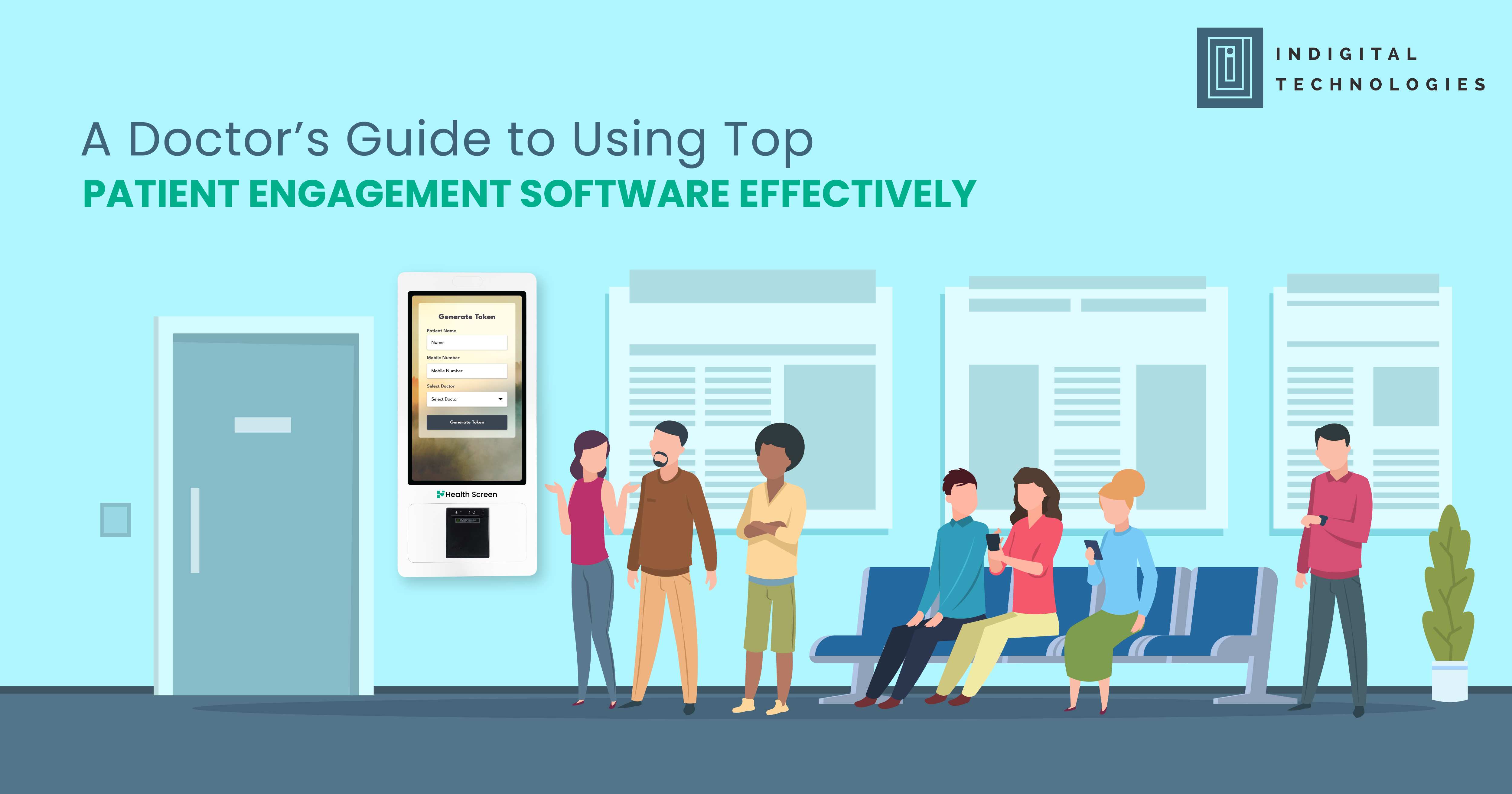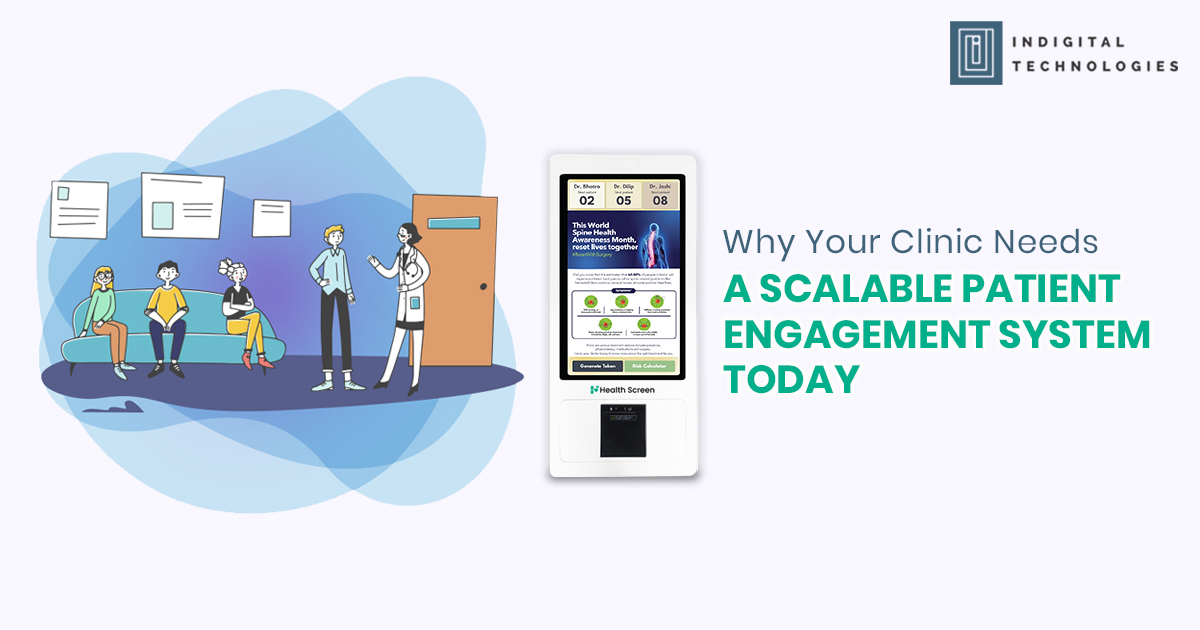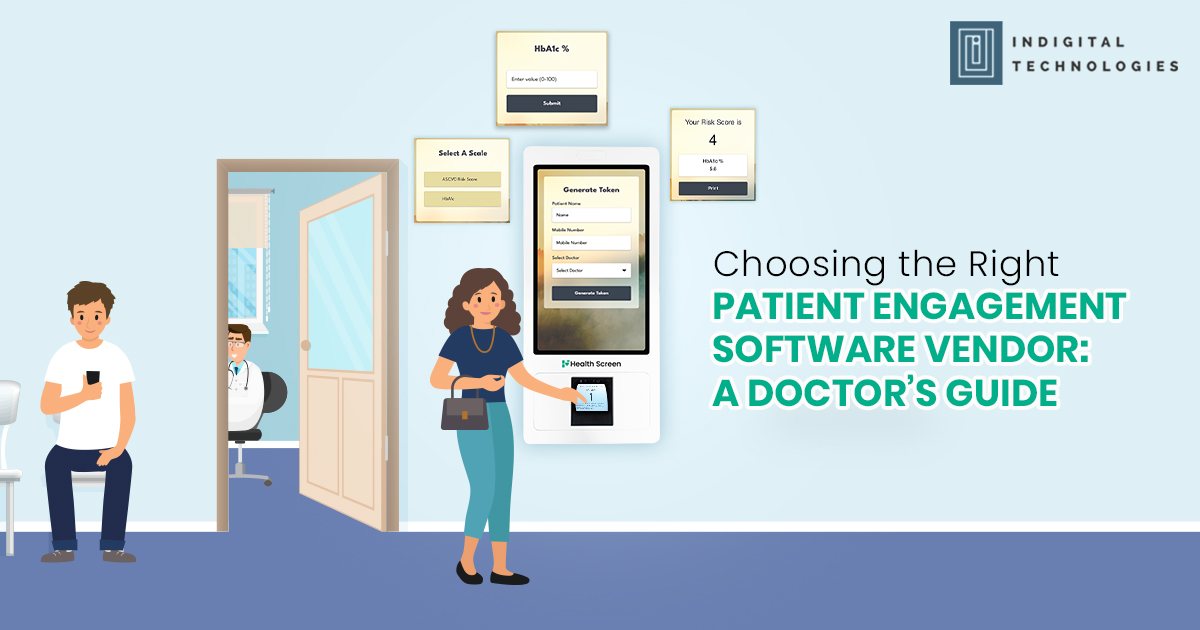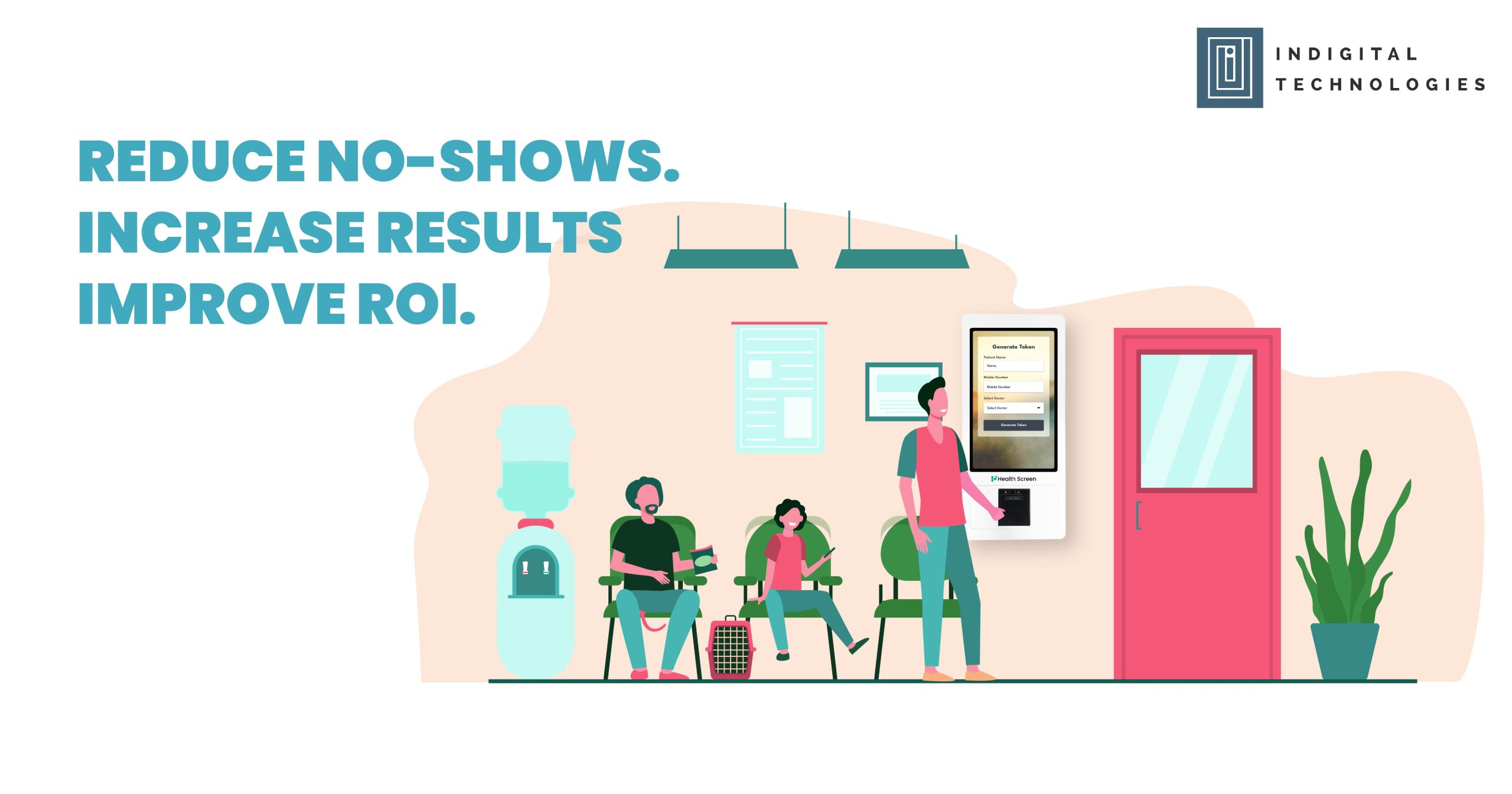How Simple Engagement Tools Turned Chaos into Care
If you ask clinic owners what their biggest challenge is, you’ll likely hear: “Everything happens at once.” Patients crowding the reception. Long queues. Delayed consultations. Overworked staff. It’s a familiar story — and a painful one.
But some clinics chose a different path. They adopted digital engagement and queue systems that didn’t just reduce the noise — they rewrote the story. These clinics moved from friction to flow, not with massive IT budgets or complicated infrastructure, but with a plug-and-play engagement solution that quietly transformed how their clinic worked.
Let’s explore how these smart clinics did it — and what you can learn from them.
Before the Transformation: Common Frictions
Across India, clinics — whether in metro cities or tier-2 towns — share similar pain points:
- Patients asking “Kitni der lagegi?” every 10 minutes
- Paper tokens being misplaced
- Front-desk chaos during peak hours
- Patients walking into consultations confused and unprepared
- Doctors running behind schedule by midday
These small disruptions add up, affecting not just operations, but the patient experience, clinic reputation, and staff morale.
What Changed When They Went Digital
These clinics installed a single digital screen solution — a system that did three things:
- Managed queues via digital tokens
- Played patient education content while they waited
- Displayed real-time status without any manual effort
The impact? Remarkable.
Case 1: A Busy Ortho Clinic in Pune
Before:
Patients with knee pain waited 1+ hours. The receptionist called out names. There was constant confusion between walk-ins and follow-ups.
After:
Digital tokens sorted walk-ins and appointments. A video loop explained joint care, post-op instructions, and physiotherapy do’s and don’ts. Patients came in educated, and consultations were smoother.
Result:
- Queue complaints dropped by 80%
- Consultations shortened by ~4 minutes
- Clinic was able to add two extra appointments per day
Case 2: A Family Physician in Ahmedabad
Before:
Peak hours brought stress. The doctor had no time to explain lifestyle changes for chronic issues like diabetes and BP.
After:
Patients watched informative videos on sugar control, diet, and common symptoms — in Gujarati. The doctor reinforced what they already understood.
Result:
- Better patient compliance
- Doctor satisfaction increased
- Repeat visits went up by 25% in three months
Case 3: A Multispecialty Setup in Kochi
Before:
Different specialties, different queues — all handled manually. Confusion everywhere.
After:
Each department got a separate digital display, synced to the main system. Each screen ran specialty-specific content: dermatology tips in the derm area, cardiac awareness in the cardiology section.
Result:
- Seamless OPD flow
- Content personalization boosted patient trust
- New patients often commented on the “organized setup” in online reviews
The 5-Step Formula for Flow
Here’s what these clinics had in common when they successfully made the shift:
- One screen, multiple functions: Queue + education + status
- Local language content: To connect better with patients
- Minimal staff involvement: Automation over manual input
- Clear signage and UI: Patients understood what to do without asking
- Cloud updates: Admins didn’t need to change content manually
Is It Just for Big Clinics? Not at All.
Smaller clinics — even those with one doctor and 30–40 patients a day — saw equally powerful results. The key wasn’t size. It was readiness to reduce friction.
One small clinic in Nashik saw a 2x jump in returning patients after simply introducing a queue system with educational content. It was the first clinic in the area to “go digital,” and patients noticed.
Key Outcomes Seen Across Clinics
- Reduced waiting room stress for patients and staff
- More structured consultations with fewer redundant explanations
- Boost in positive reviews and word-of-mouth referrals
- Improved time management for doctors
- Higher patient satisfaction scores
Final Thought: Flow Isn’t Luck — It’s Design
You don’t need more staff. You don’t need complex software. You just need a platform that removes guesswork from the patient experience — and gives you clarity, control, and calm.
Clinics that embraced this approach didn’t just “go digital.” They designed their workflow for better care — and their patients felt it.
The takeaway? You can either keep managing the chaos… or you can let engagement tech bring the flow.

